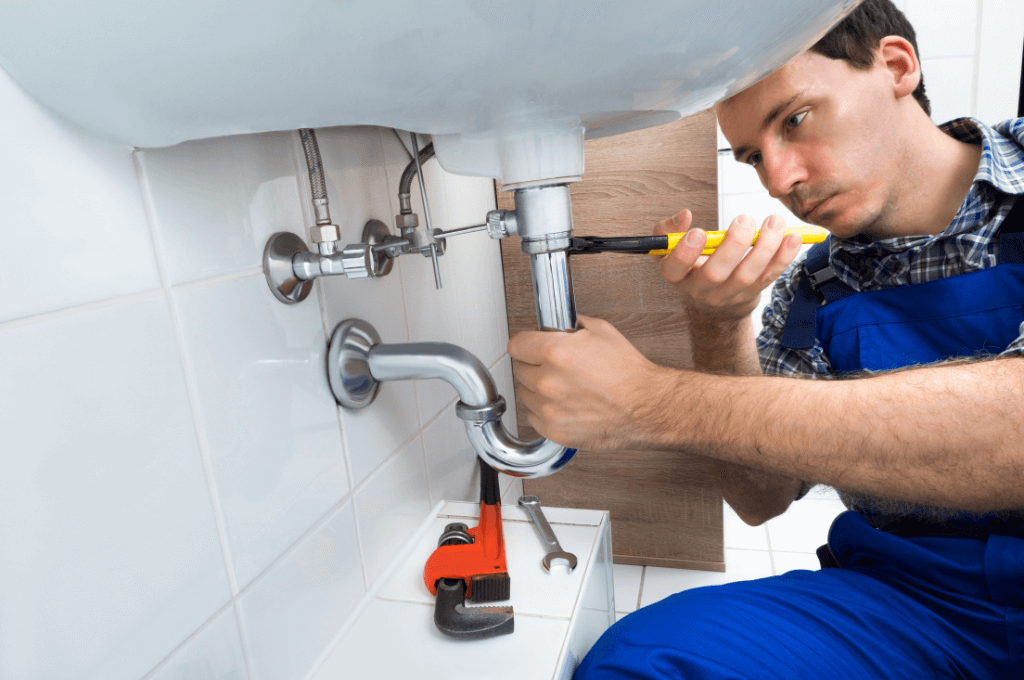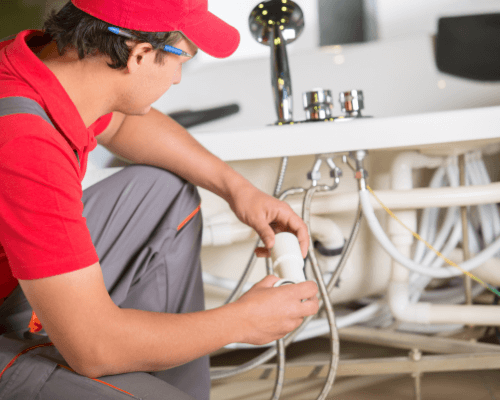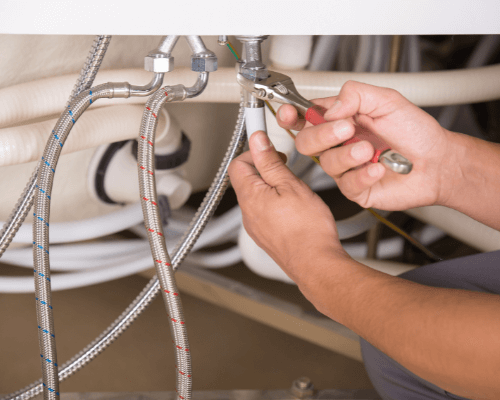A clogged drain can quickly turn your daily routine into a frustrating ordeal. The once-smooth flow of water in your bathroom sinks, kitchen sink, or shower drain can be disrupted by an unseen obstruction lurking below the surface. It’s a situation no homeowner wants to face, but fortunately, fixing a clogged drain is often simpler than you might think. In this guide, we’ll take you through a variety of ways to help you regain control of your plumbing and restore the blissful flow of water in your home.
Identify the Problem
The first step in fixing a clogged drain is identifying the problem. Is your bathroom sink not draining properly? Have you noticed water pooling around your shower drain, unpleasant odors throughout your house, or gurgling sounds when the water is on? Perhaps the water is backing up, causing a mess. If any of these issues sound familiar, you likely have a clogged drain on your hands.
Once you’ve pinpointed the problem, it’s time to gather your tools. Head to your local grocery or hardware store to pick up a few essentials: a toilet plunger, a cup of baking soda, vinegar, a long flexible snake, and a pot for boiling water. These items will be your trusty companions in this plumbing excursion.
Baking Soda and Vinegar Magic
For minor clogs, start with the simplest solution — a cup of baking soda followed by a cup of vinegar. Pour the baking soda down the drain, followed by the vinegar. The resulting chemical reaction can help break up the clog, allowing water to flow freely once again. Leave it to work its magic for about 30 minutes, then flush the drain with hot water. This method is effective for bathroom sinks, kitchen sinks, and shower drains.
Boiling Water: Nature’s Plumber
Another simple yet effective method for fixing a clogged drain is pouring boiling water down the drain. This works best for greasy clogs in the kitchen drain. Boil a pot of water and carefully pour it down the drain. The hot water can melt grease and help it flow down the pipes. Repeat as needed.
Plunge Away the Blockage
If baking soda and vinegar fail to do the trick, it’s time to break out the toilet plunger. Place it firmly over the drain, ensuring a good seal, and give it a few vigorous pumps. This action creates pressure that can help dislodge the clog. For stubborn clogs, you might need to repeat the process a few times.
Snake It Out
When neither baking soda and vinegar nor plunging can save the day, it’s time to bring in the big guns — the long, flexible snake. Insert the snake into the drain and turn the handle clockwise to extend it deeper into the pipes. Keep going until you feel resistance; this means you’ve reached the clog. Rotate the snake in a circular motion to break up the obstruction, and then slowly retract it.
When to Call a Professional
Sometimes, despite your best efforts, the clog refuses to budge. If you’ve tried all the DIY methods for unclogging a drain and the issue persists, it’s time to call in the experts.
At Chosen Rooter & Plumbing, we provide drain cleaning in San Francisco and the surrounding areas. Our certified professionals are equipped with the latest tools and techniques to tackle even the most stubborn drain clogs. With our expertise, you can trust that your drain will be back to its optimal performance in no time. Contact an experienced bathroom and kitchen plumber today!




